Take a look around, the building, the interior decoration, the illumination, the chair, the table, your clothes, the book cover design, geometrical design and so on, almost on everything, you can find the trace of Bauhaus.

During Weimarer Republik, when it was seemed to be a transit period for Germany from the monarchy, so the same for the industry and art. When industrial mass production gradually replaced the traditional craftsmanship and labor work, many craftsmanship industries were on the edge. Better industrial designs became important. This transit period of politics and economy provoked a reform in art, which results in the birth of Bauhaus. Bauhaus was a German art school uniting art, craft, and technology, operational 1919 to 1933, founded by architect Walter Gropius in Weimar. It moved to Dessau in 1925 and Berlin in 1932. Actually, during the years, the political pressure on Bauhaus had increased. After the Nazi took over the regime, Bauhaus was closed in 1933.
Although the school only existed for 14 years, the influence continues today.
Bauhaus Everywhere
Bauhaus nowadays seems to be more like a contemporary genre or style, but in the school, Bauhaus brought changes to almost every corner of daily life.
The students and teachers on Bauhaus broke through classicalism which has lasted and dominated the aesthetics for centuries. Bauhaus people were the first power to combine art and industry, unchaining the limit of elaboration and extravagance through emphasizing the function of the objects. Mass production and fine art needed a reunion at that time. “They (the art of school) must return to the workshop” stated Walter Gropius. It is how it began. Thousands of people of different backgrounds headed to the school to involve in this experimental triumph in future design and aesthetics. The most prominent Bauhaus contribution is to merge traditional craft with modern technology in the school providing modern educational courses such as aesthetic principles, color theory, industrial design, and architecture. The school covered areas such as architecture, ceramics, metalworking, textiles and cabinet making, etc.. The slogan of the school was “Art into industry”. It was like a revolution challenging the old fashion.
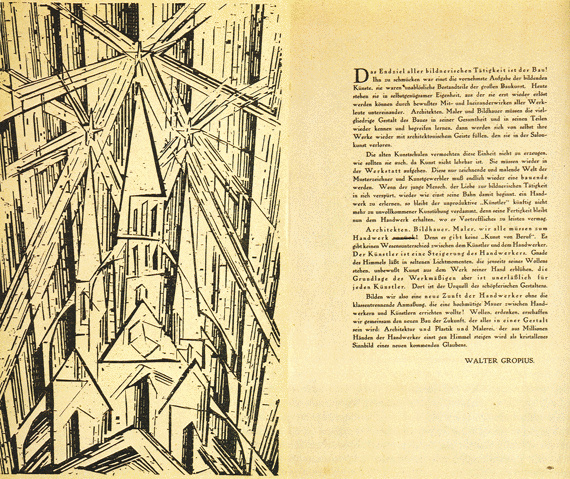
Bauhaus Manifesto
The influence of the Bauhaus is enormous. The school had three primary goals:
1. To create a new model for art and design education.
2. To reunite art with manufacturing.
3. To create an atmosphere for learning and producing that was based on experimentation and problem-solving at both the intellectual/theoretical level and in actual practice.
The Bauhaus style has been considered as “bold examples of modernism”, but as its goal “to improve people’s living standard through modern designs”, now it really dips into our life and also changes our ways of living.
Bauhaus is where you live
Just take a look around. All these boxing buildings nearby are influenced by the Bauhaus. Compared with the more decorations at that time, Bauhaus architect design functional buildings. With big windows, there are natural light, a big roof for people to hang out on, and little decoration which makes it less expensive and shorter time to build. The designers more focus on the needs of people living in post-poverty. The approach enables their living conditions to improve rapidly. They reshape the entire city. It is a part of the reason you can see the boxing buildings almost everywhere today, from Tel Aviv to Chicago.
In Tel Aviv, there is the largest and most complete Bauhaus buildings complex in the world—the White City. In Chicago, Ludwig Mies van der Rohe, the last president of Bauhaus, lived in Chicago for more than 30 years and left behind 15 works. Crown Hall, completed in 1956 , one of the famous buildings by Rohe. The entire building looks abstract, with a massive roof held up by two white square columns, while inside it is divided by function with wooden partitions. From the outside, it has cool, dignified lines, expressing Van der Rohe's motto, "less is more".
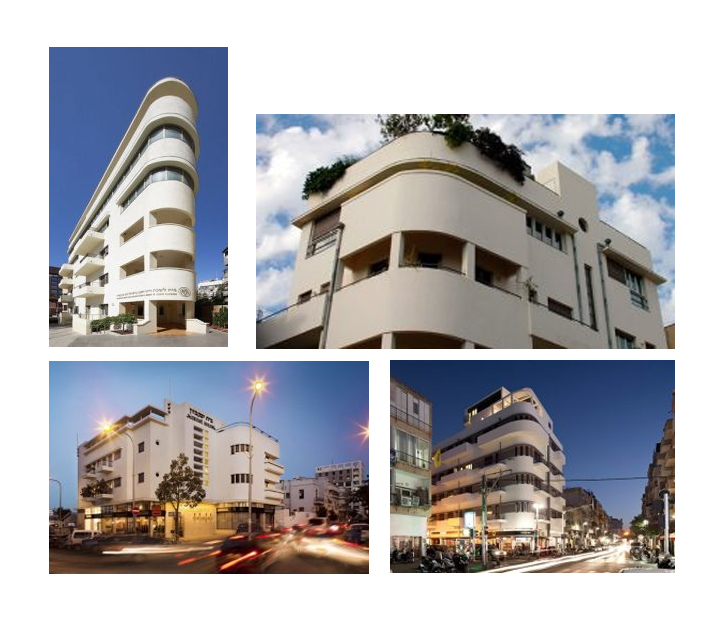
The White City
The most iconic Bauhaus building is Bauhaus school. After it moved to Dessau, the Bauhaus began to build their own house. Designed by Gropius, the whole building is constructed of glass, steel, and concrete. Bauhaus was the weirdo at that time, but the pioneer to us. We may think that this combination and design is too normal. But dated back to the 1900s, among the enormous complexity and ultimate luxury, Bauhaus is way too simple.

Bauhaus is what you use
One hundred years ago, the furniture looked like this, but one Bauhaus designer changed that. Marcel Breuer inspired by his bike frame, combined metal with fabric to create a new type of chair, one that is sturdy and comfortable but also easy to mass-produce. He used the modern product technique, inspired the other designers to do the same. Partly while you can find modern affordable furniture almost everywhere today.
I bet you must have seen this door handle or you have this in your home.
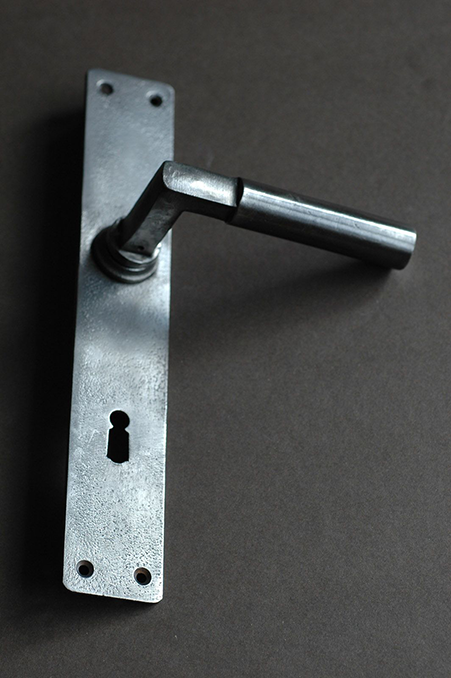
Door handle by Walter Gropius
Bauhaus furniture design pursues the supremacy of function. Basic parts such as tabletops or table legs are usually simplified into simple geometric shapes. While pursuing the aesthetics of design, they hope that the product will be available to the masses-mass production can be achieved through simple design. At the same time, the development of modern industrial technology has also made steel, glass, plywood, and other materials easier to obtain and process. These materials were considered non-traditional materials in furniture production at the time, but they achieved mass production and represented the spirit of Bauhaus pragmatism.

Wassily Chair by Marcel Breuer
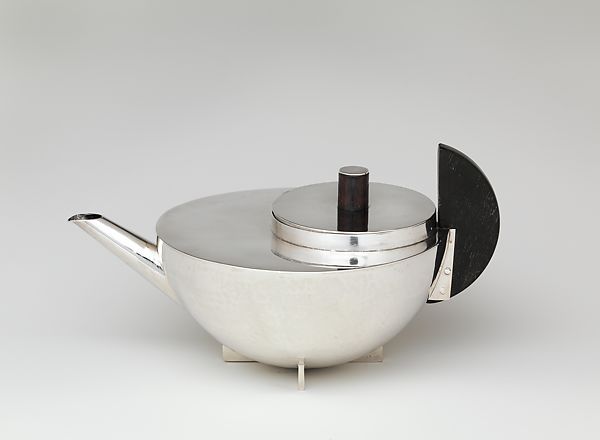
Teapot By Marianne Brandt
Bauhaus is what you wear
One hundred years ago, there were lots of places you could learn to master a loom. But tuning onto Bauhaus where you find people weaving with metal, fiberglass, and even cell frame. Textile designers of Bauhaus breaching the gap between weaving and engineering. Some of the fabric is as strong as iron. Others were soundproof, windproof, light-reflective, or stain resistant. Some were so revolutionary that they were even patterned. Today most fabric could be found everywhere from the stain resisted in some buses to soundproofing in cinema.
Bauhaus women mostly studied in the weaving workshop. Although the weaving workshop was taken less seriously, it still became one of the most remarkable departments. Students studied not only how the sew and work on the loom, but they also learned color theory, visual effects, and abstract art. Many of them jumped out of traditional textiles designs and created a new textile style.
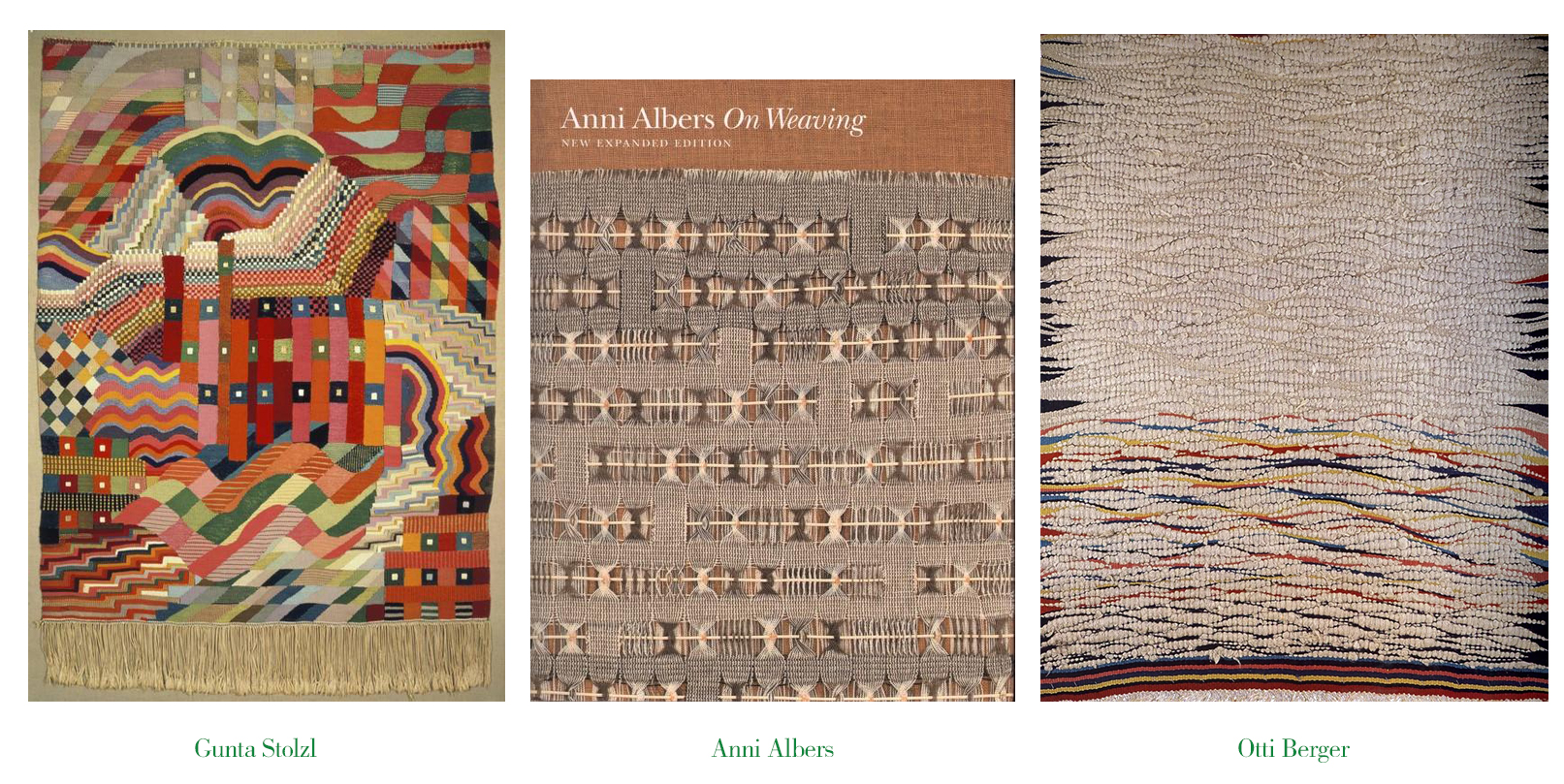
Bauhaus is in popular arts
If you think Bauhaus represents functions and simple, this might be partial. Bauhaus has been experimental till today.
While Bauhaus designers are famous for their buildings, the customs they designed for the stage were just as famous. When they were designing the coffee table, they were throwing wild parties and expressing themselves with radical costumes.

These people are real geniuses, no matter what field they are in, they can use Bauhaus elements incorporating into it, the sculptural sense of the clotheslines and the amazing sense of exaggeration make the whole show shrouded in the atmosphere of the Bauhaus movement. The topics of the Bauhaus party were beyond, such as “Beard, Nose, and Heart” which required a dress code of clothes with 2/3 of the white, and the remaining 1/3 must be spots, plaid, or strip. The costumes' designs affect the stage dress in dance, ballet, and even band.
The metal party in 1929 was maybe their most famous. When everyone came, dressing home-made costumes of tint foil, fry pans, and spoons and people entered the room full of silver balls by riding the slide. It was pure experimentation. A melting pot of ideas and creative self-expression, you can still see every year on the red carpet of the Met Gala.

Met gala 2016 metal outfit by Zayn Malik
Bauhaus and stainless steel
Since the day Bauhaus began, stainless steel has always been playing a key role in the design. The features of stainless steel are simplicity, modernity, practicality, which meet the characteristics of Bauhaus. Also, stainless steel was invented about 100 years ago when Bauhaus, the pioneer in art was born. Maybe that’s why stainless steel has been widely used by all Bauhaus people. It was a meeting between a group of radical designers and the best brand new material at that time. There is no doubt that these two can produce wonderful sparks.
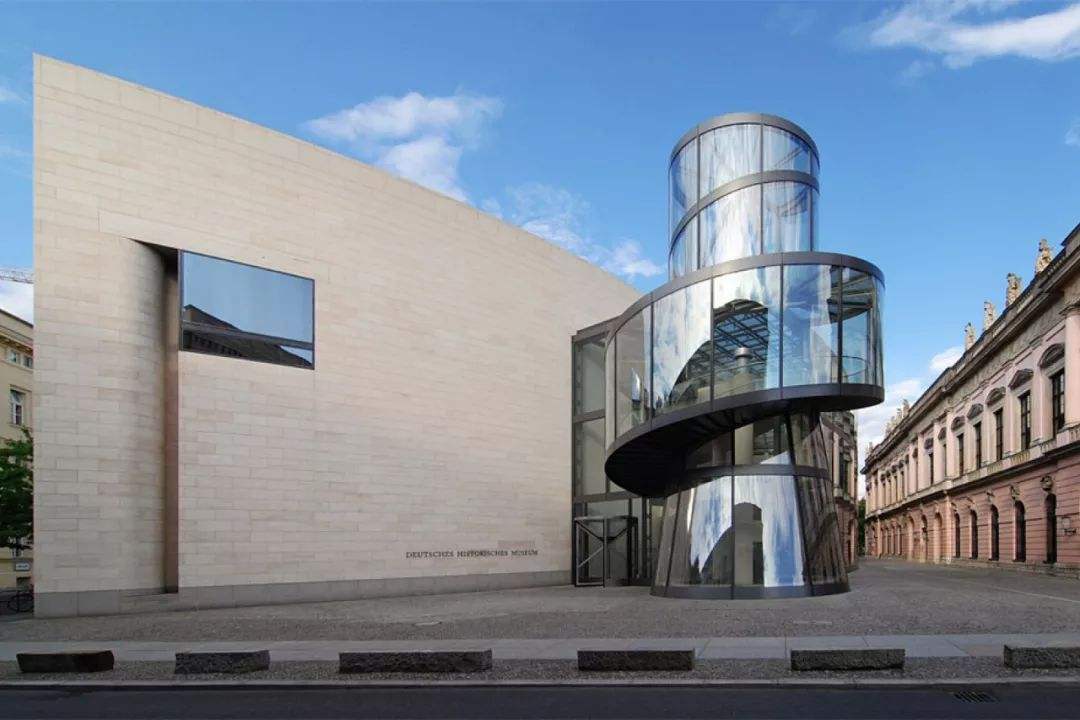
This time, look around again, do you feel it is weird that you find everything has a sense of Bauhaus? In this modern world, an art school that only existed for 13 years has brought its legacy to the world around and made the style cover us around.
--------------------------------------------------------------------------------------------------Bauhaus---------------------------------------------------------------------------------------------------
